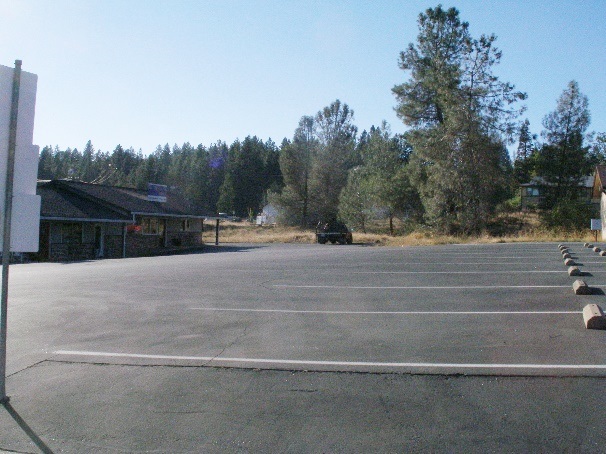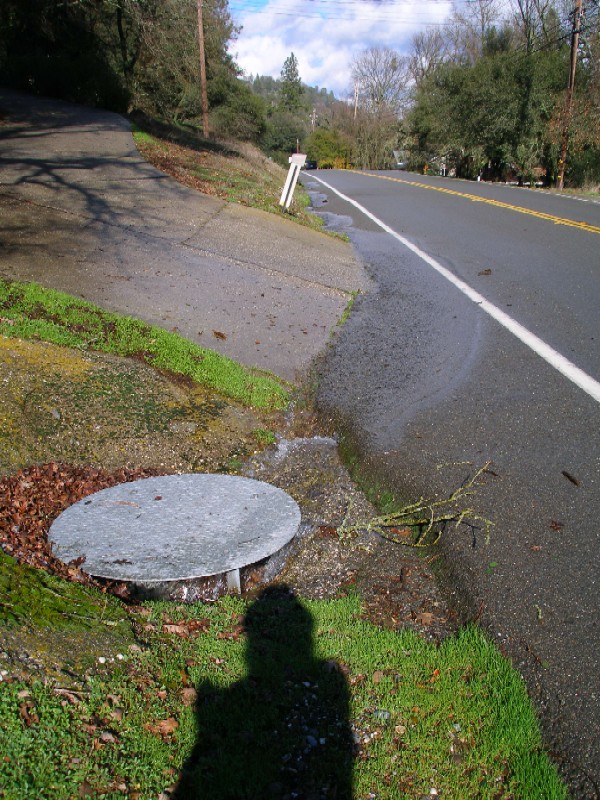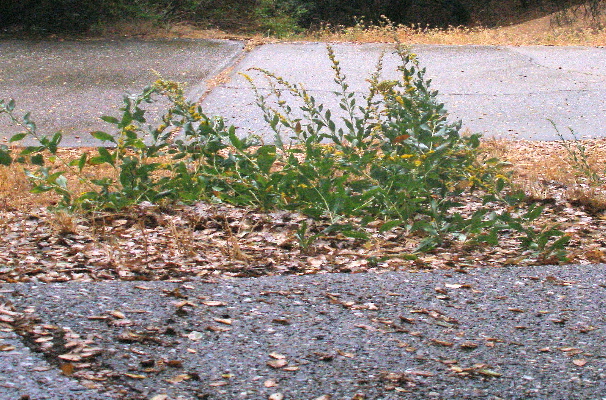Services for Businesses, Homeowners, and Landowners
Ecological Land and Property Management including management of mitigation lands and other preserved open spaces.
Need a Straight Second Opinion About Removing Trees? Virginia bought her present home before even going inside the house! Why? Because she loved the oak woodland that surrounds it and she has cared and nurtured it ever since resulting in a healthy and diverse native wildlife/bird population. The trees also hold the soil and prevent erosion on her property which would be severe without the trees because she lives on a slope.
Landowner Ecological Assessments
Do You Know Your Land? Do You Know How to Manage It Ecologically? You Will Manage Your Land Better When You Know What’s On It!
LANDOWNER ECOLOGICAL ASSESSMENTS can include identification of:
-
soils, geology, and the watershed your property is in; water quality testing.
-
plants/vegetation communities, native and non-native.
Stop weed-wacking your CA native wildflowers and target the real weeds!
-
wildlife and wildlife habitats on your property.
This information is then compiled into a report to be used for managing your land wisely. It is also considered an asset when selling your land. It can be passed along to the new landowners to assist them as well.
Exterior and Interior Eco-scaping with Drought-tolerant California Native Plants including Landscaping to Manage Stormwater Runoff.
LEARN MORE!
There are many practices our society has engaged in that in the final analysis, were not great ideas–a few of which include cigarettes and jarts.
Two of them may also be lawns (that consist mostly of plants introduced from Europe), and our love of asphalt or the placement of what is called “impervious surface” over soil. Placing asphalt over soil not only creates “heat islands” but changes an important dynamic for watershed health–it forever changes the natural filtering process that occurs when water moves through soil. This natural filtration process “cleans” our water and recharges our local water supplies. Wetlands function not only as filters but also as sponges to prevent flooding. Once paved, all this water that once soaked back into the ground, sheets off often creating flash floods events that overwhelm our local waterways. Also when water sheets off asphalt, it carries all the pollutants on the surface of that asphalt with it–antifreeze, gasoline, oil–also end up in our major waterways=your local water supplies. Asphalt also channels water OUT of our local watersheds meaning where once water drained back INTO the ground, it now leaves our watersheds by draining downstream. We’ve all seen the photos of cars in the 1920’s stuck in mud! Pavement is great idea for getting around, sure, but it’s not a great idea for conserving and cleaning our water.
An axiom now used that addresses how to reverse this process is: “CAPTURE, FILTER, RECHARGE”. CAPTURE means trying to keep all the water on your property/site as long as possible through the use of capture basins and native vegetation. The water is “captured” by basins and vegetation, held there which gives it a chance to soak into the ground and FILTER back into the watershed, thereby RECHARGING local water supplies. Also, research has shown that the most valuable vegetation you can have on the site is woody, deep-rooted vegetation, such as trees and shrubs. Deep rooted plants help recharge local aquifers by allowing water to move deep into the soil often to underground water reservoirs or aquifers. (“Fire-clearing” is affecting this dynamic in very serious ways because it focuses on removing the woody vegetation and what comes in afterwards are often shallow-rooted non-native grasses that act as flash fuels).
There are far better design options available nowadays that include permeable/pervious paving stone, pervious cement, and other types of pavement/surfaces that allow water to soak through but still offer stability. EOS offers consulting services to assist you in researching these kinds of options.
Based on these and other ecological principles, EOS OFFERS THE FOLLOWING LANDSCAPE SERVICES:
Rain/Storm Water Garden Installations
Is your business surrounded by a sea of asphalt? EOS offers the installation of rainwater gardens specifically on the borders of asphalt “seas” in order to capture water that sheets off the asphalt. Gardens are put in with California native plants, the objective of which is to make them as self-sustaining as possible, but also, beautiful.
AR&R–“Asphalt Removal and Restoration”: Working With a Local Licensed Contractor, We Offer Complete Removal of Paved Surfaces to Soil, With Restoration to Native Plants.
Get Rid of that Lawn! We offer Native Plant Landscaping Services/Native Plant Palettes/Recommendations for Your Landscaper to Use, and Can Recommend Water-Saving Designs.

I think that I shall ever see, asphalt as vast as the sea. Perhaps unless the asphalt cracks, we’ll never get the water back.
 Ecological Outreach Services
Ecological Outreach Services
